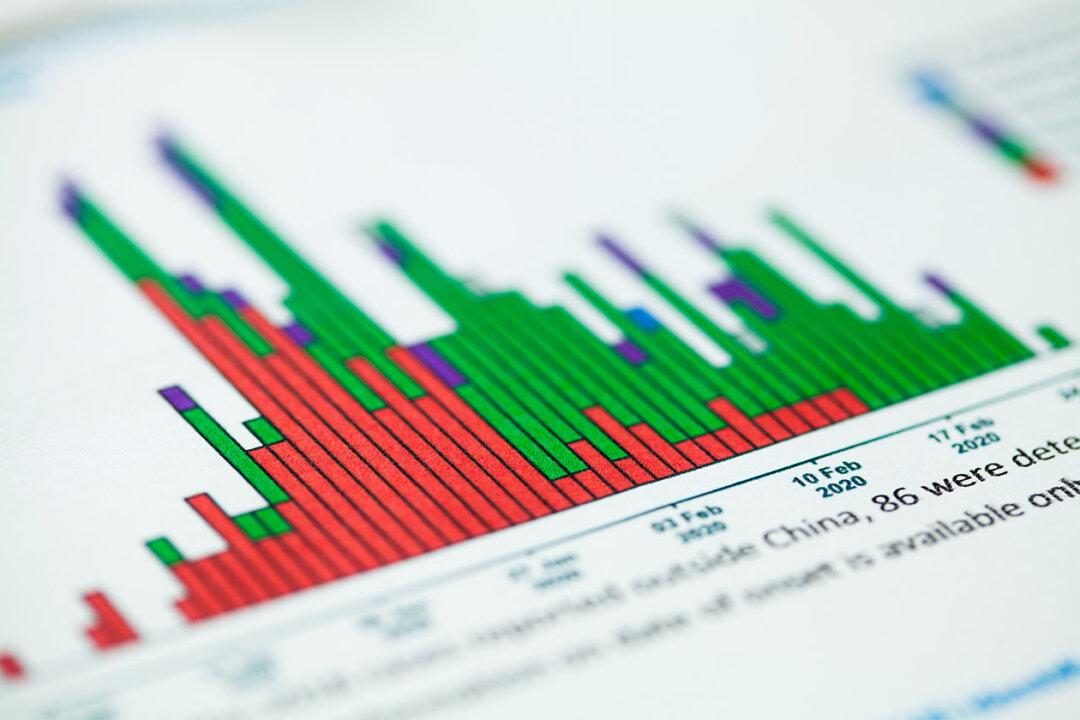Commentary
China released its latest GDP figure showing strong 6.3 percent year-on-year growth in the second quarter. There is, of course, a low base effect in play, given the 0.4 percent year-over-year growth in 2022Q2. A simple way to adjust such an effect is to sum the two numbers that differ by four quarters. The growth in 2022Q1 and 2023Q1 are respectively 4.8 percent and 4.5 percent. If the economy was performing similarly in the previous two quarters, then the growth of 2022Q2 plus 2023Q2 should roughly be 4.8 percent plus 4.5 percent, which means 2023Q2 should roughly be 4.8 percent plus 4.5 percent minus 0.4 percent equals 8.9 percent.





